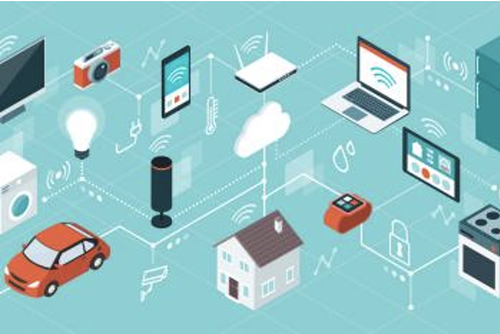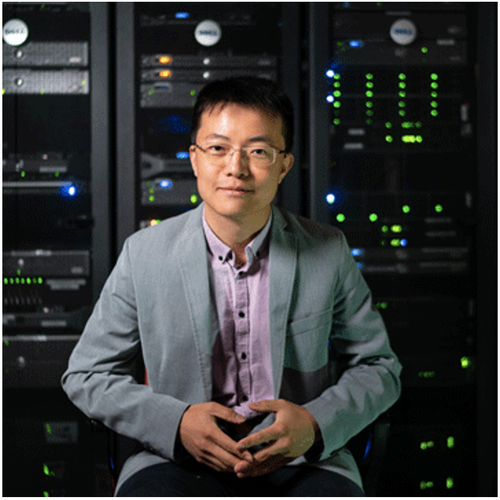Bring Deep Learning to IoT

Deep learning is everywhere. This branch of artificial intelligence curates your social media and serves your Google search results. Soon, deep learning could also check your vitals or set your thermostat. MIT researchers have developed a system that could bring deep learning neural networks to new — and much smaller — places, like the tiny computer chips in wearable medical devices, household appliances, and the 250 billion other objects that constitute the “internet of things” (IoT). The system, called MCUNet, designs compact neural networks that deliver unprecedented speed and accuracy for deep learning on IoT devices, despite limited memory and processing power. The technology could facilitate the expansion of the IoT universe while saving energy and improving data security.
IoT devices often run on microcontrollers — simple computer chips with no operating system, minimal processing power, and less than one thousandth of the memory of a typical smartphone. So pattern-recognition tasks like deep learning are difficult to run locally on IoT devices. For complex analysis, IoT-collected data is often sent to the cloud, making it vulnerable to hacking. “How do we deploy neural nets directly on these tiny devices? It’s a new research area that’s getting very hot,” says Han. “Companies like Google and ARM are all working in this direction.” Han is too.

Professor Song Han
MCUNet’s first challenge was image classification. The researchers used the ImageNet database to train the system with labeled images, then to test its ability to classify novel ones. On a commercial microcontroller they tested, MCUNet successfully classified 70.7 percent of the novel images — the previous state-of-the-art neural network and inference engine combo was just 54 percent accurate. “Even a 1 percent improvement is considered significant,” says Lin. “So this is a giant leap for microcontroller settings.”
For more detail, please click here.
